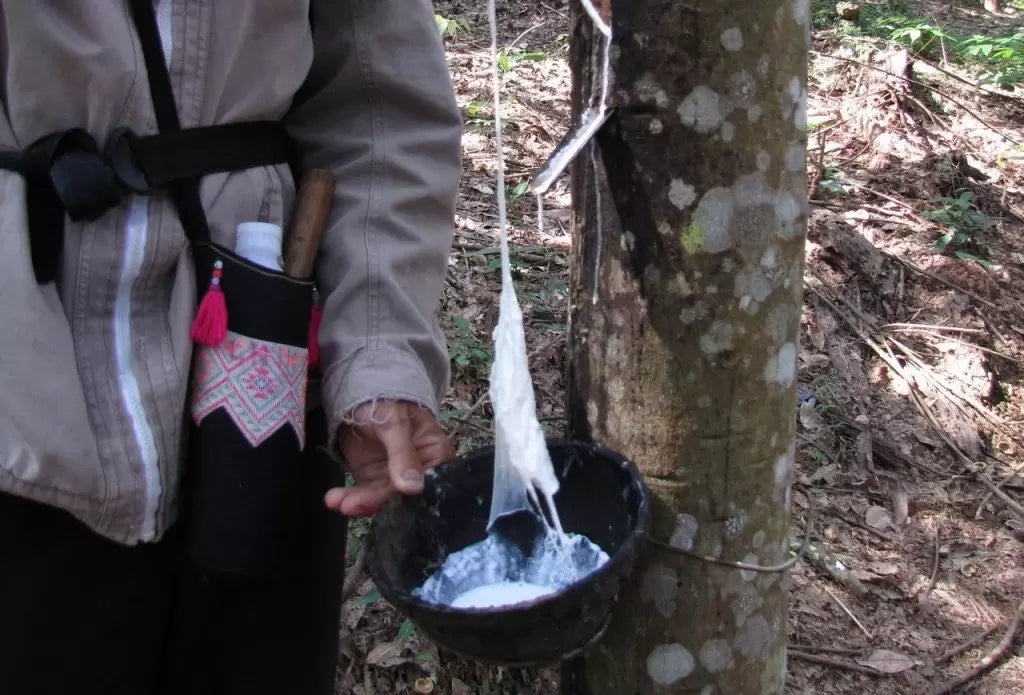The news that Bridgestone, the world's leading tire manufacturer, has started producing natural rubber models, shouldn't be misleading. This is essentially due to the fact that the price of oil, with which tires have always been manufactured, has increased dramatically, just as requests for orders from China have increased dramatically.
The plant in question is the Hevea Brasiliensis, originally from the Amazon, but imported in 1800 in Asia, whose latex thanks to its elastic and water-repellent properties, makes it ideal for the production of clothing, medical material, road tires, gaskets. mechanical, etc.
Today Vietnam, China, Thailand, Malaysia, Indonesia satisfy 90% of the world demand for natural rubber.
The strong surge in requests has led producing countries to look around to look for arable areas available to satisfy them and Laos and Cambodia, given their perennial state of poverty, seized the opportunity and promptly applied to become two gigantic plantations. of natural rubber.
It has been estimated that in Laos today 5% of the national territory is in the hands of foreign multinationals with interests in the natural rubber business.
While these large-scale concessions bring money into the country, the damage they do is invaluable. The deforestation to make room for rubber trees is destroying the ecosystem of the entire forest, erasing the natural habitat of animals and plants. The water basins used for irrigation have almost dried up and even the rural villages have begun to make way for infrastructure useful for cultivation.
Estimates say that the needs will continue to increase and - although this conversion to rubber represents a very serious damage for the rural communities - these populations are helpless in the face of the abuses of multinationals and even those few timid riots are silenced by force.


